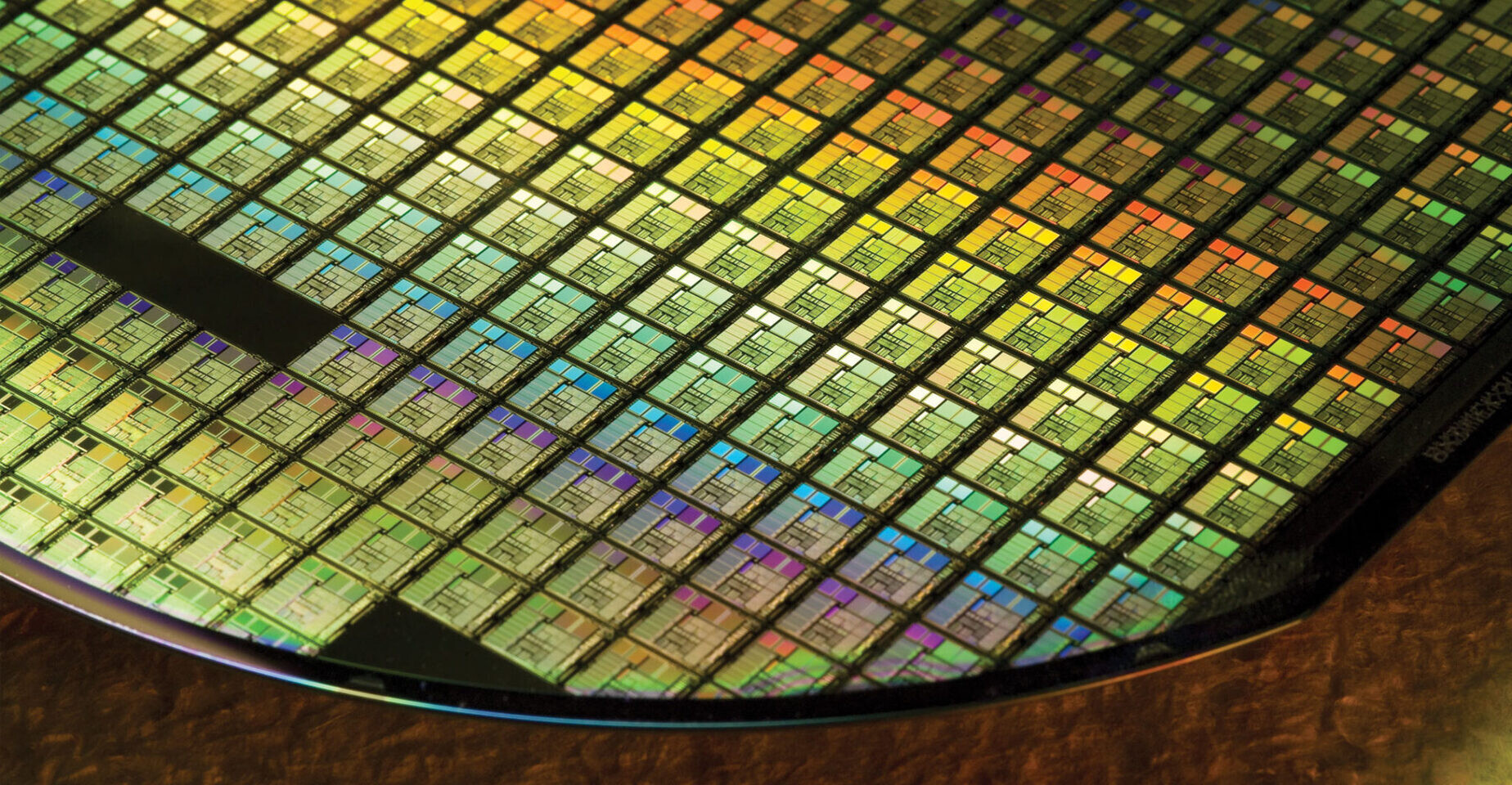Samsung announced ambitions for newer technologies at its technology event in the US and said that it intends to increase its manufacturing capacity for sophisticated processes by 2027. Along with new cleanroom tactics, the technologies include 2nm and 1.4nm, which the business believes will enable it to efficiently scale up production to meet projected demand increases.
Samsung Foundry Intends to Boost Manufacturing By Three Times Till 2027
Recent revelations in the press have highlighted issues with several of the company’s most recent technologies, which have cast doubt on Samsung’s chipmaking success. These have led to management changes at Samsung, and some sources suggest that executives misrepresented the yield, which is the quantity of usable chips in a silicon wafer. Now, Samsung seems to be moving forward as the company disclosed plans for fresh manufacturing technologies and production capacity at its Samsung Foundry Event. According to Samsung, it plans to start mass producing its 2nm technology by 2025 and its more advanced successor, 1.4nm, by 2027. The sole similarity between Samsung’s and TSMC’s 3nm circuits is their designation, as the Korean manufacturer employs a sophisticated type of transistor known as a “GAAFET” for their processors. Gate All Around FinFET, or GAAFET, exposes more circuit regions for better performance. By 2025, TSMC is also anticipated to begin producing 2nm semiconductor. The company will use the “High NA” technique and will begin the manufacturing as soon as they have fully acquired the machinery, according to Dr. Y.J. Mii, senior vice president for technology and research at TSMC. With its 2nm process, TSMC intends to switch to transistors of a similar size, and by that time, the company hopes to put newer chip-making equipment known as “High NA” online. These machines, which only built by the Dutch company ASML and are reserved years in advance, have wider lenses that enable chipmakers to print precise circuit designs on a silicon wafer. They are highly sought after in the chipmaking industry. By 2027, Samsung also intends to increase its capacity for producing sophisticated chips by a factor of three. At the foundry event, the business also discussed its “Shell First” manufacturing strategy, according to which it will first construct physical facilities, such as cleanrooms, before filling them with chipmaking equipment if demand supports it. In the chip manufacturing sector, production capacity is a “sales pitch” with corporations frequently paying substantial sums to bring capacity online, only to worry about unsustainable growth later if the demand doesn’t emerge. Regardless, it is interesting to see Samsung stepping up the game by enhancing their production lines.

